Copper element Cu
When the aluminum-rich part of the aluminum-copper alloy is 548, the maximum solubility of copper in aluminum is 5.65%. When the temperature drops to 302, the solubility of copper is 0.45%. Copper is an important alloy element and has a certain solid solution strengthening effect. In addition, the CuAl2 precipitated by aging has an obvious aging strengthening effect. The copper content in aluminum alloys is usually between 2.5% and 5%, and the strengthening effect is best when the copper content is between 4% and 6.8%, so the copper content of most hard aluminum alloys is within this range.
Aluminum-copper alloys can contain less silicon, magnesium, manganese, chromium, zinc, iron and other elements.
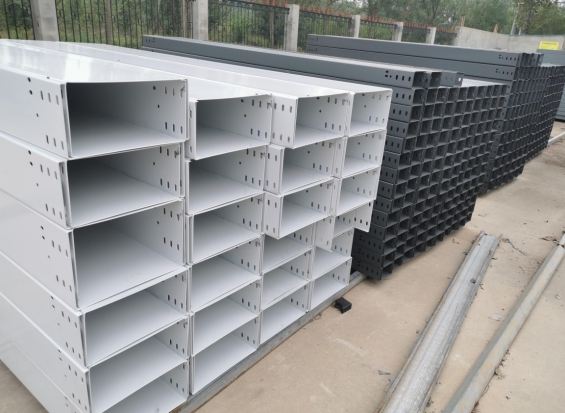
Silicon element Si
When the aluminum-rich part of the Al-Si alloy system has a eutectic temperature of 577, the maximum solubility of silicon in the solid solution is 1.65%. Although solubility decreases with decreasing temperature, these alloys generally cannot be strengthened by heat treatment. Aluminum-silicon alloy has excellent casting properties and corrosion resistance.
If magnesium and silicon are added to aluminum at the same time to form an aluminum-magnesium-silicon alloy, the strengthening phase is MgSi. The mass ratio of magnesium to silicon is 1.73:1. When designing the composition of the Al-Mg-Si alloy, the contents of magnesium and silicon are configured in this ratio on the matrix. In order to improve the strength of some Al-Mg-Si alloys, an appropriate amount of copper is added, and an appropriate amount of chromium is added to offset the adverse effects of copper on corrosion resistance.
The maximum solubility of Mg2Si in aluminum in the aluminum-rich part of the equilibrium phase diagram of the Al-Mg2Si alloy system is 1.85%, and the deceleration is small as the temperature decreases.
In deformed aluminum alloys, adding silicon alone to aluminum is limited to welding materials. Adding silicon to aluminum also has a certain strengthening effect.
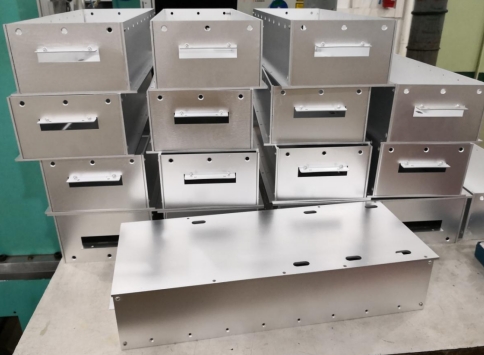
Magnesium element Mg
Although the solubility curve shows that the solubility of magnesium in aluminum greatly decreases as the temperature decreases, the magnesium content in most industrial deformed aluminum alloys is less than 6%. The silicon content is also low. This type of alloy cannot be strengthened by heat treatment, but has good weldability, good corrosion resistance, and medium strength.
The strengthening of aluminum by magnesium is obvious. For every 1% increase in magnesium, the tensile strength increases by approximately 34MPa. If less than 1% manganese is added, the strengthening effect may be supplemented. Therefore, adding manganese can reduce the magnesium content and reduce the tendency of hot cracking. In addition, manganese can also uniformly precipitate Mg5Al8 compounds, improving corrosion resistance and welding performance.
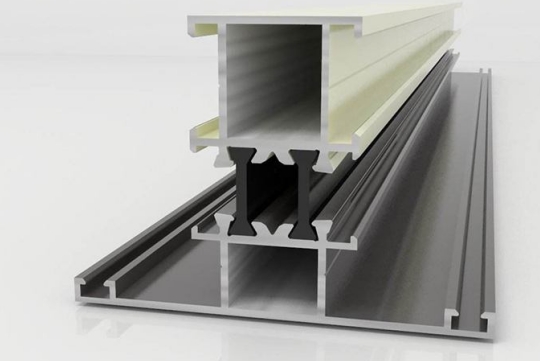
Manganese element Mn
When the eutectic temperature of the flat equilibrium phase diagram of the Al-Mn alloy system is 658, the maximum solubility of manganese in the solid solution is 1.82%. The strength of the alloy increases with the increase of solubility. When the manganese content is 0.8%, the elongation reaches the maximum value. Al-Mn alloy is a non-age hardening alloy, that is, it cannot be strengthened by heat treatment.
Manganese can prevent the recrystallization process of aluminum alloys, increase the recrystallization temperature, and significantly refine the recrystallized grains. The refinement of recrystallized grains is mainly due to the fact that the dispersed particles of MnAl6 compounds hinder the growth of recrystallized grains. Another function of MnAl6 is to dissolve impurity iron to form (Fe, Mn)Al6, reducing the harmful effects of iron.
Manganese is an important element in aluminum alloys. It can be added alone to form an Al-Mn binary alloy. More often, it is added together with other alloying elements. Therefore, most aluminum alloys contain manganese.

Zinc element Zn
The solubility of zinc in aluminum in the aluminum-rich part of the equilibrium phase diagram of the Al-Zn alloy system is 31.6% at 275, while its solubility drops to 5.6% at 125.
When zinc is added to aluminum alone, the improvement in the strength of aluminum alloys under deformation conditions is very limited. At the same time, there is a tendency for stress corrosion cracking, which limits its application.
Adding zinc and magnesium to aluminum at the same time forms the strengthening phase Mg/Zn2, which has a significant strengthening effect on the alloy. When the Mg/Zn2 content is increased from 0.5% to 12%, the tensile strength and yield strength can be significantly increased. In superhard aluminum alloys where the magnesium content exceeds the required amount to form the Mg/Zn2 phase, when the ratio of zinc to magnesium is controlled at around 2.7, the stress corrosion cracking resistance is greatest.
For example, adding copper element to Al-Zn-Mg to form Al-Zn-Mg-Cu series alloy has the largest base strengthening effect among all aluminum alloys. It is also an important aluminum alloy material in the aerospace, aviation industry, and electric power industry.

Iron and Silicon Fe-Si
Iron is added as alloying elements in Al-Cu-Mg-Ni-Fe series wrought aluminum alloys, silicon is added as alloying elements in Al-Mg-Si series wrought aluminum and in Al-Si series welding rods and aluminum-silicon casting alloys. In other aluminum alloys, silicon and iron are common impurity elements, which have a significant impact on the properties of the alloy. They mainly exist as FeCl3 and free silicon.
When silicon is greater than iron, β-FeSiAl3 (or Fe2Si2Al9) phase is formed, and when iron is greater than silicon, α-Fe2SiAl8 (or Fe3Si2Al12) is formed. When the ratio of iron and silicon is improper, it will cause cracks in the casting. When the iron content in cast aluminum is too high, the casting will become brittle.
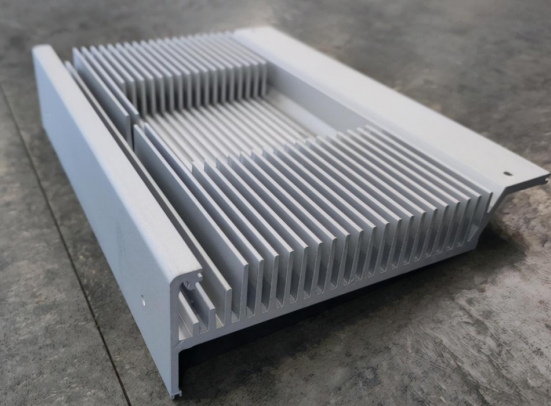
Titanium and Boron Ti-B
Titanium is a commonly used additive element in aluminum alloys, added in the form of Al-Ti or Al-Ti-B master alloy. Titanium and aluminum form the TiAl2 phase, which becomes a non-spontaneous core during crystallization and plays a role in refining the casting structure and weld structure. When Al-Ti alloys undergo a package reaction, the critical content of titanium is about 0.15%. If boron is present, the slowdown is as small as 0.01%.
Chromium C
Chromium is a common additive element in Al-Mg-Si series, Al-Mg-Zn series, and Al-Mg series alloys. At 600°C, the solubility of chromium in aluminum is 0.8%, and it is basically insoluble at room temperature.
Chromium forms intermetallic compounds such as (CrFe)Al7 and (CrMn)Al12 in aluminum, which hinders the nucleation and growth process of recrystallization and has a certain strengthening effect on the alloy. It can also improve the toughness of the alloy and reduce the susceptibility to stress corrosion cracking. . However, the site increases quenching sensitivity, making the anodized film yellow.
The amount of chromium added to aluminum alloys generally does not exceed 0.35%, and decreases with the increase of transition elements in the alloy.
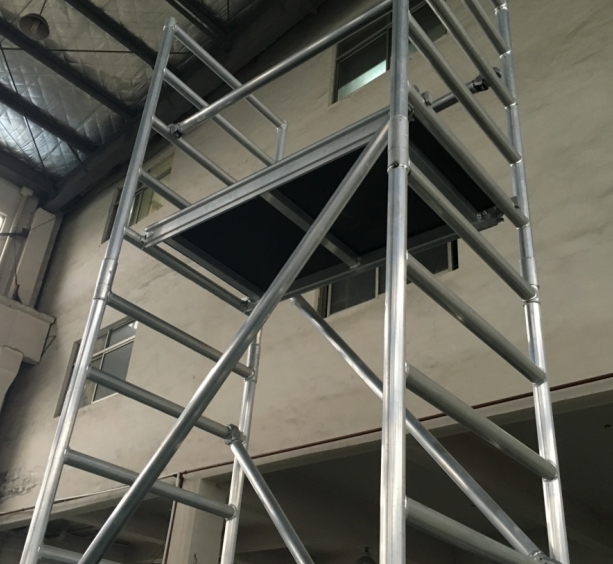
Strontium Sr
Strontium is a surface-active element that can change the behavior of intermetallic compound phases in crystallography. Therefore, modification treatment with strontium element can improve the plastic workability of the alloy and the quality of the final product. Due to its long effective modification time, good effect and reproducibility, strontium has replaced the use of sodium in Al-Si casting alloys in recent years.
Adding 0.015%~0.03% strontium to the aluminum alloy for extrusion turns the β-AlFeSi phase in the ingot into a Chinese-shaped α-AlFeSi phase, reducing the ingot homogenization time by 60%~70%, improving the material's mechanical properties and Plastic processability; improve surface roughness of products.
For high silicon (10% ~ 13%) deformed aluminum alloys, adding 0.02% ~ 0.07% strontium element can reduce primary crystals to a minimum, and the mechanical properties are also significantly improved. The tensile strength бb is increased from 233MPa to 236MPa, and the yield strength б0.2 increased from 204MPa to 210MPa, and the elongation б5 increased from 9% to 12%. Adding strontium to hypereutectic Al-Si alloy can reduce the size of primary silicon particles, improve plastic processing properties, and enable smooth hot and cold rolling.
Zirconium element Zr
Zirconium is also a commonly used additive in aluminum alloys. Generally, the amount added to aluminum alloys is 0.1% to 0.3%. Zirconium and aluminum form ZrAl3 compounds, which can hinder the recrystallization process and refine the recrystallized grains. Zirconium can also refine the casting structure, but the effect is smaller than titanium. The presence of zirconium will reduce the grain refining effect of titanium and boron. In Al-Zn-Mg-Cu alloys, since zirconium has a smaller effect on quenching sensitivity than chromium and manganese, it is appropriate to use zirconium instead of chromium and manganese to refine the recrystallized structure.
Rare earth elements Re
Rare earth elements are added to aluminum alloys to increase the supercooling of the components during aluminum alloy casting, refine the grains, reduce the secondary crystal spacing, reduce gases and inclusions in the alloy, and tend to spheroidize the inclusion phase. It can also reduce the surface tension of the melt, increase fluidity, and facilitate casting into ingots, which has a significant impact on process performance. The addition amount of various rare earths is about 0.1%at%. The addition of mixed rare earths (mixed La-Ce-Pr-Nd, etc.) reduces the critical temperature for the formation of aging G?P zone in Al-0.65% Mg-0.61% Si alloy. Aluminum alloys containing magnesium can stimulate the metamorphism of rare earth elements.

Vanadium forms the VAl11 refractory compound in aluminum alloys, which plays a role in refining grains during the melting and casting process, but its effect is smaller than that of titanium and zirconium. Vanadium also has the effect of refining the recrystallized structure and increasing the recrystallization temperature.
Calcium has extremely low solid solubility in aluminum alloys, and forms CaAl4 compounds with aluminum. Calcium is also a superplastic element of aluminum alloys. An aluminum alloy with approximately 5% calcium and 5% manganese has superplasticity. Calcium and silicon form CaSi, which is insoluble in aluminum. Since the solid solution amount of silicon is reduced, the electrical conductivity of industrial pure aluminum can be slightly improved. Calcium can improve the cutting performance of aluminum alloys. CaSi2 cannot strengthen aluminum alloys through heat treatment. Trace amounts of calcium are helpful in removing hydrogen from molten aluminum.
Lead, tin, and bismuth elements are low melting point metals. Their solid solubility in aluminum is small, which slightly reduces the strength of the alloy, but can improve the cutting performance. Bismuth expands during solidification, which is beneficial to feeding. Adding bismuth to high magnesium alloys can prevent sodium embrittlement.
Antimony is mainly used as a modifier in cast aluminum alloys, and is rarely used in deformed aluminum alloys. Only replace bismuth in Al-Mg deformed aluminum alloy to prevent sodium embrittlement. Antimony element is added to some Al-Zn-Mg-Cu alloys to improve the performance of hot pressing and cold pressing processes.
Beryllium can improve the structure of the oxide film in deformed aluminum alloys and reduce burning loss and inclusions during melting and casting. Beryllium is a toxic element that can cause allergic poisoning in humans. Therefore, beryllium cannot be contained in aluminum alloys that come into contact with food and beverages. The beryllium content in welding materials is usually controlled below 8μg/ml. Aluminum alloys used as welding substrates should also control the beryllium content.
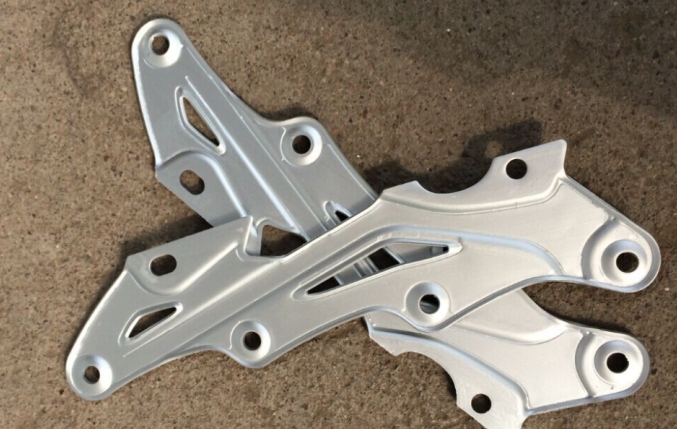
Sodium is almost insoluble in aluminum, and the maximum solid solubility is less than 0.0025%. The melting point of sodium is low (97.8°C). When sodium is present in the alloy, it is adsorbed on the dendrite surface or grain boundaries during the solidification process. During thermal processing, the grain boundaries The sodium on the surface forms a liquid adsorption layer. When brittle cracking occurs, NaAlSi compounds are formed. There is no free sodium and no "sodium embrittlement" occurs.
When the magnesium content exceeds 2%, magnesium takes away silicon and precipitates free sodium, resulting in "sodium embrittlement". Therefore, sodium salt flux is not allowed for high magnesium aluminum alloys. Methods to prevent "sodium embrittlement" include chlorination, which causes sodium to form NaCl and is discharged into the slag, adding bismuth to form Na2Bi and entering the metal matrix; adding antimony to form Na3Sb or adding rare earths can also have the same effect.
In Shanghai Yixing, we make many aluminum products like aluminum doors and windows, aluminum bridges, aluminum boxes, aluminum ceilings, aluminum sheds, aluminum railings, aluminum shutters, aluminum scaffolding, aluminum ladders, aluminum cabinets, aluminum radiators, aluminum boxes, aluminum brackets etc. We have capacity of laser cutting, stamping, deep drawing, welding, drilling, machining and different kinds of surface treatment.